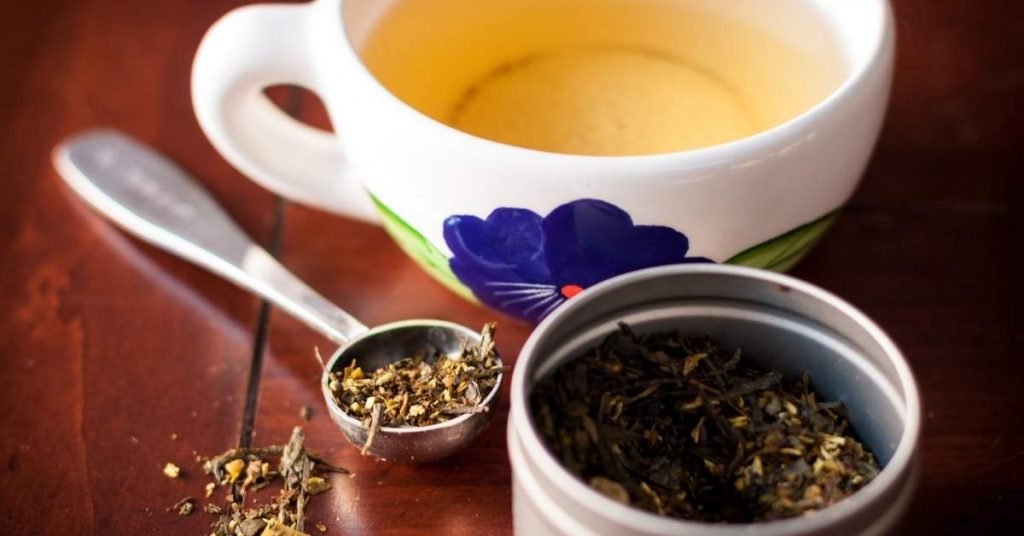Uganda consumes a pound of tea per capita per year.
The country is the second-largest tea producer in Africa, sending 110 million tonnes of tea per year to the foreign market.
Green, Oolong, and Black teas are the dominant varieties in the country’s tea production, following the CTC (crush, tear, and curl) method.
History of Tea in Uganda
The first tea production in Uganda started at the beginning of the 20th century in the botanical gardens of Entebbe.
Boasting large export revenue, the Ugandan tea industry expanded throughout the years until it collapsed in the early 1980s due to political unrest.
Today, the tea industry is back to its prior levels, selling most of its tea to Turkey.
Tea Culture in Uganda
The Ugandan tea industry employs over 60,000 people and it is one of the most valued commodities for the country’s economy.
People in Uganda like Black tea without milk, known as chai mukalu.
On the other hand, what they call ‘African tea’ in the local restaurants is actually Black tea with milk and sugar.
During the morning tea time, it’s common to eat chapatti (flat Indian bread), while in the afternoon tea is often accompanied by pastries.
Chai mukalu (plain Black tea) can also be infused with bay leaves, lemongrass, or ginger.
Tea in Uganda is served in regular tea mugs, and it is one of the most popular non-alcoholic beverages in the country.
MEDICAL DISCLAIMER
Itsnevernotteatime.com cannot and does not contain medical/health advice. The medical/health information is provided for general and educational purposes only and is not a substitute for professional advice.




